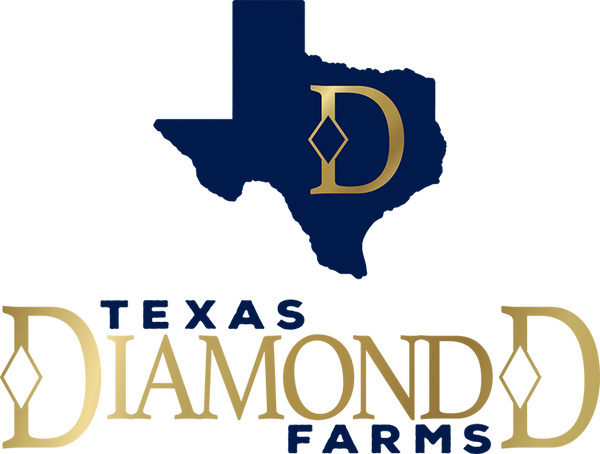When it comes to raising alpacas, one of the most important considerations is ensuring their safety and well-being. A well-designed fence is not just a boundary; it’s a critical component in protecting your alpacas from predators, preventing them from wandering off, and keeping them safe in their environment. Whether you’re a seasoned alpaca owner or new to the world of alpaca farming, understanding the essentials of fencing is key to maintaining a happy and healthy herd. Here’s what you need to know about fencing for alpacas.
Why Fencing is Crucial for Alpacas
Alpacas are naturally curious creatures with a strong sense of exploration. While this curiosity is part of their charm, it also means they may try to wander off if not properly contained. A well-constructed fence keeps them safely within your property, away from potential dangers such as roads, neighboring properties, or wild animals.
Additionally, fencing provides a crucial barrier against predators. Alpacas are relatively defenseless against predators like coyotes, dogs, and foxes, making secure fencing essential to their safety.
Choosing the Right Fence Material
When selecting fencing for your alpacas, durability and effectiveness are key factors. Here are some popular fencing options:
- Woven Wire Fencing: One of the most common and effective types of fencing for alpacas, woven wire fencing is strong and durable. The wire should have small enough openings (no larger than 4 inches) to prevent alpacas from sticking their heads through, which can lead to injury.
- High-Tensile Fencing: High-tensile fencing is another sturdy option that can effectively contain alpacas. It’s particularly useful in larger pastures where long stretches of fencing are needed. The wire should be spaced closely enough to prevent alpacas from squeezing through.
- Wooden Fencing: While aesthetically pleasing, wooden fencing can be more expensive and requires regular maintenance. It’s often used in conjunction with other types of fencing for added security and visual appeal.
Alpacas are not known for their jumping abilities, but they can still try to climb or push against fences. Therefore, your fence should be at least 4 to 5 feet tall to prevent them from attempting to escape. Ensure the fence is installed with sturdy posts that are driven deep enough into the ground to prevent sagging or leaning over time.
The bottom of the fence should be close to the ground to prevent alpacas from crawling underneath. Additionally, consider burying a portion of the fence underground or installing a dig-proof barrier to deter predators from digging beneath the fence.
Gates and Access Points
Gates should be as secure as the rest of your fencing. Use heavy-duty, self-closing gates to prevent accidental openings. The latch should be secure and out of reach of the alpacas. Consider adding an electric wire to the gate area if predators are a significant concern.
Maintenance and Regular Checks
Fencing is not a one-time investment. Regular maintenance is essential to ensure your fence remains effective over time. Check for any signs of wear and tear, such as rust, broken wires, or sagging sections. Keep an eye out for any digging around the base of the fence that could indicate a predator attempting to get in.
Regularly inspect gates and latches to ensure they function properly and haven’t been tampered with. Maintaining a strong and secure fence is vital for keeping your alpacas safe and contained.
Additional Tips for Alpaca Fencing
- Consider Visibility: Adding visibility strips or flagging to your fencing can help prevent alpacas from accidentally running into it, especially if the fence is hard to see in low light conditions.
- Evaluate Your Climate: In areas with heavy snowfall, ensure your fence is tall enough to remain effective even after accumulation. For wet climates, opt for rust-resistant materials to extend the life of your fence.
- Plan for Expansion: As your herd grows, you may need to expand your pasture. Plan your fencing layout with future growth in mind to make expansion easier.
Proper fencing is one of the most important aspects of alpaca care. By choosing the right materials, installing the fence correctly, and maintaining it regularly, you’ll create a safe and secure environment where your alpacas can thrive. A good fence gives you peace of mind, knowing your alpacas are protected, happy, and well-contained.
Whether you’re starting your first alpaca farm or looking to upgrade your current setup, investing in quality fencing is an essential step towards successful alpaca farming. Happy fencing!

